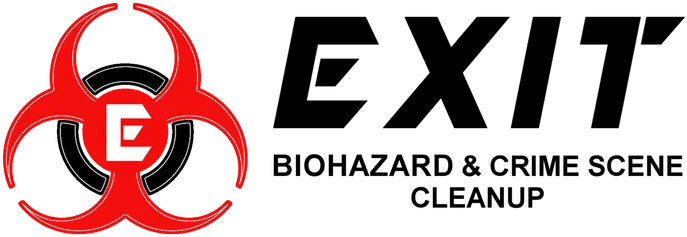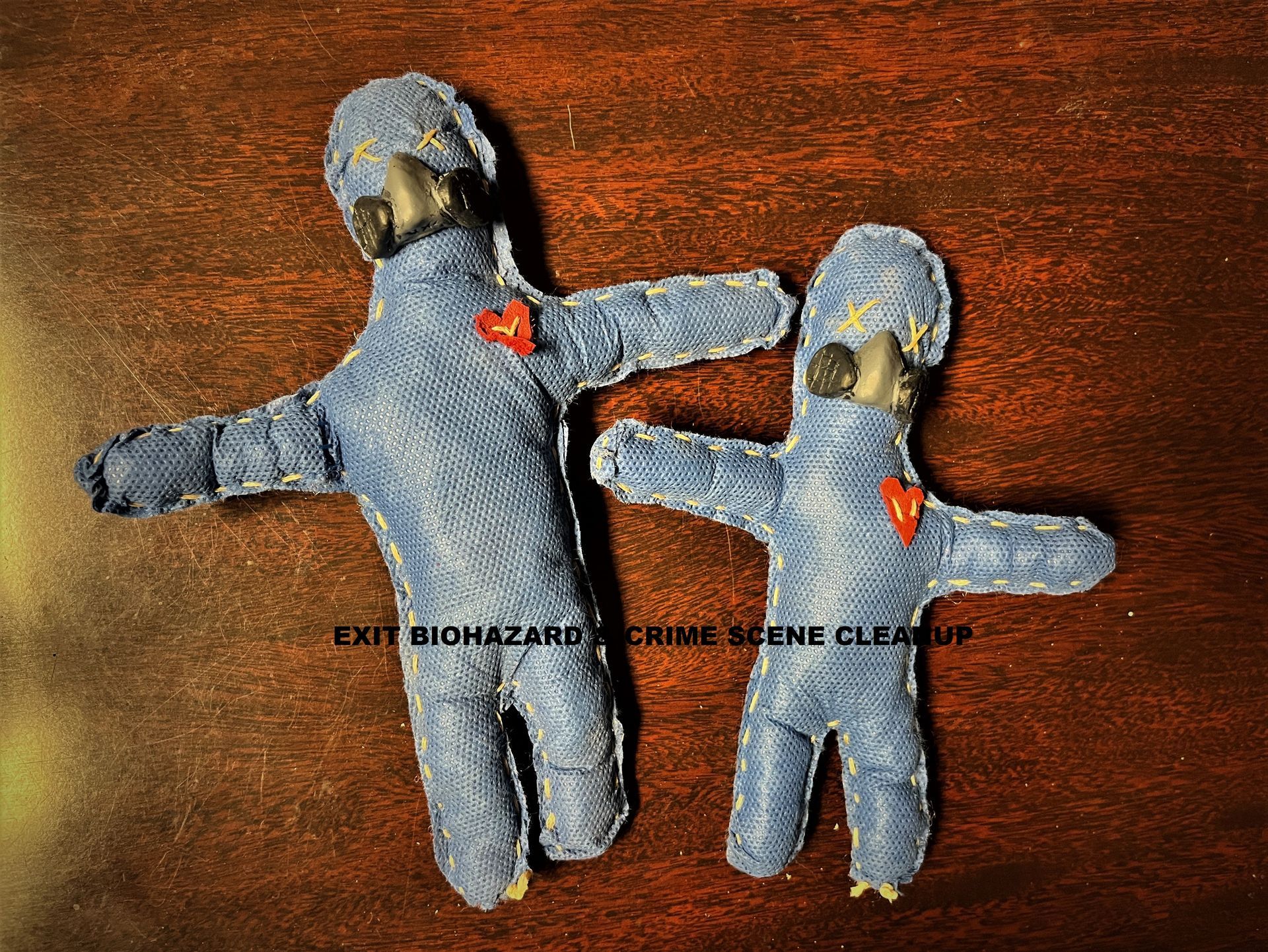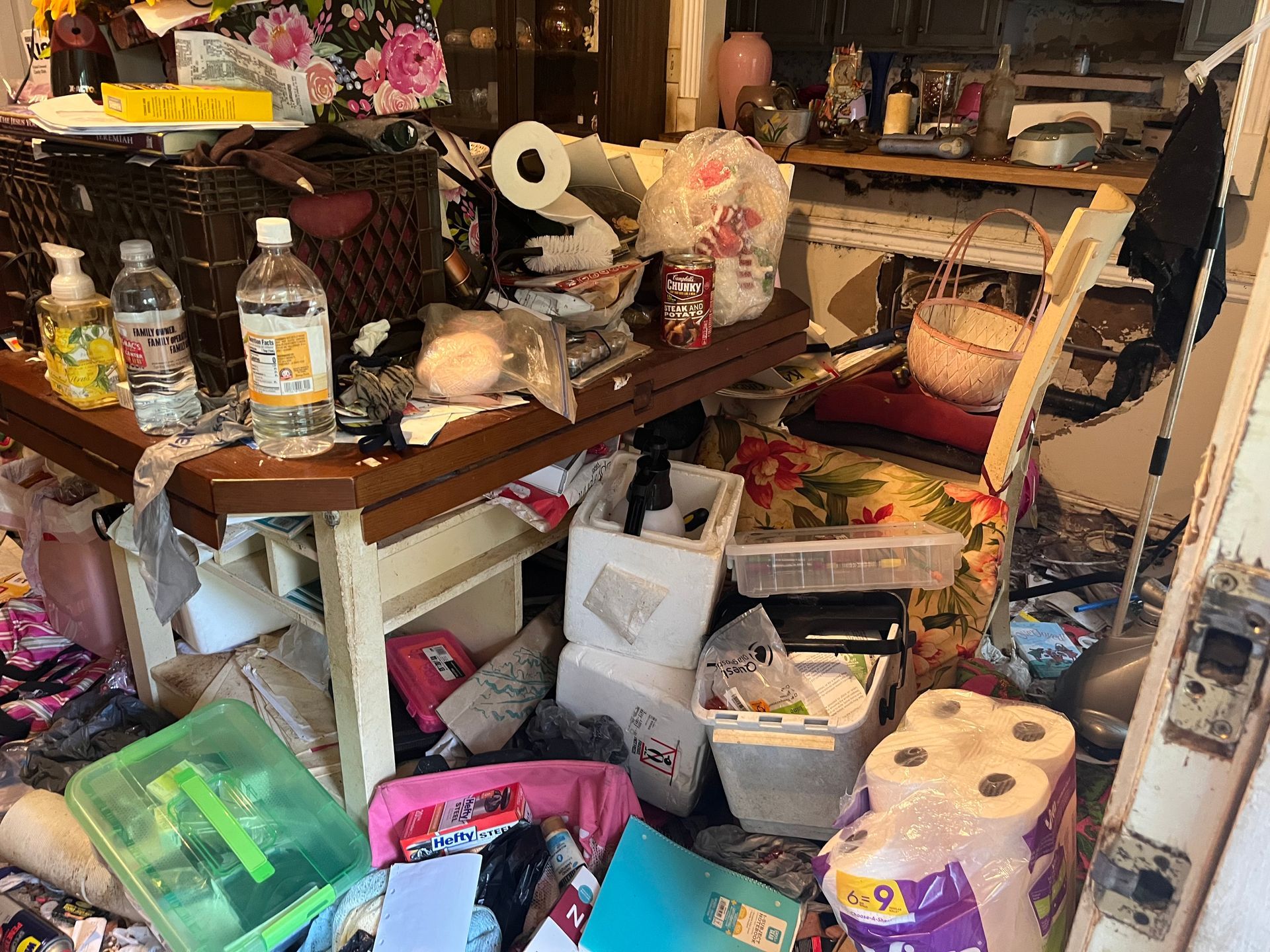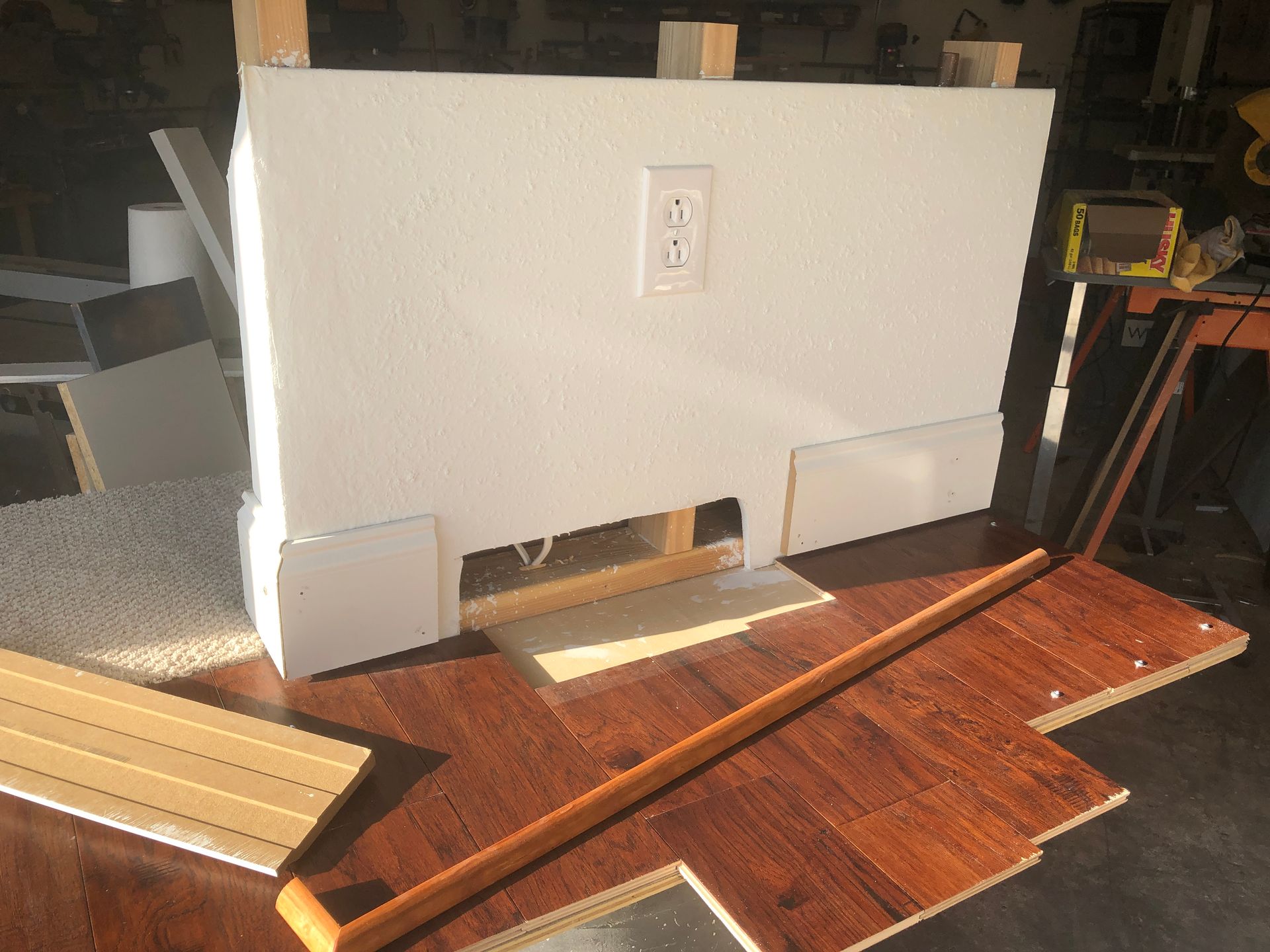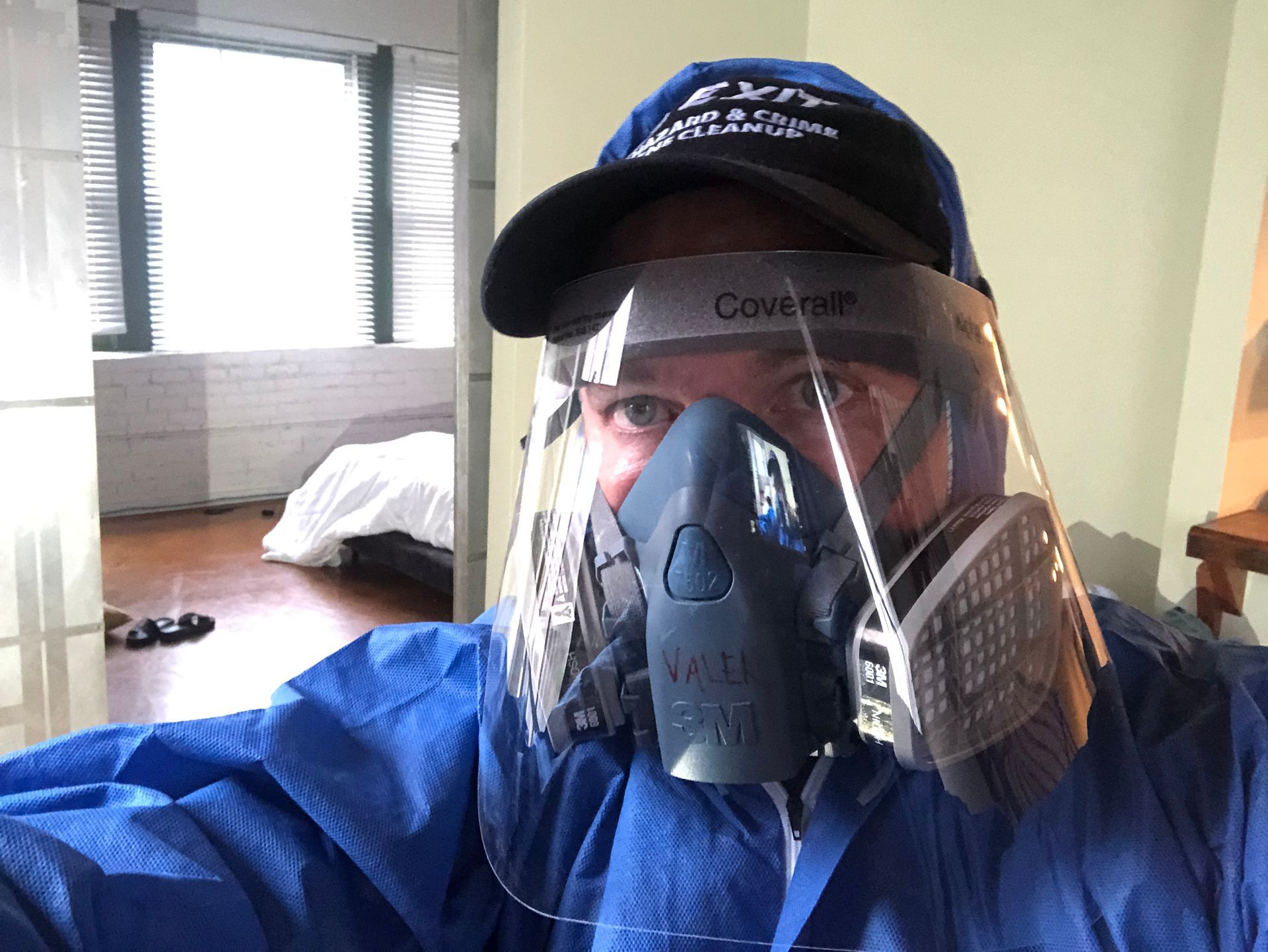THE STAGES OF HUMAN DECOMPOSITION
info • March 17, 2021
the four stages of human decomposition
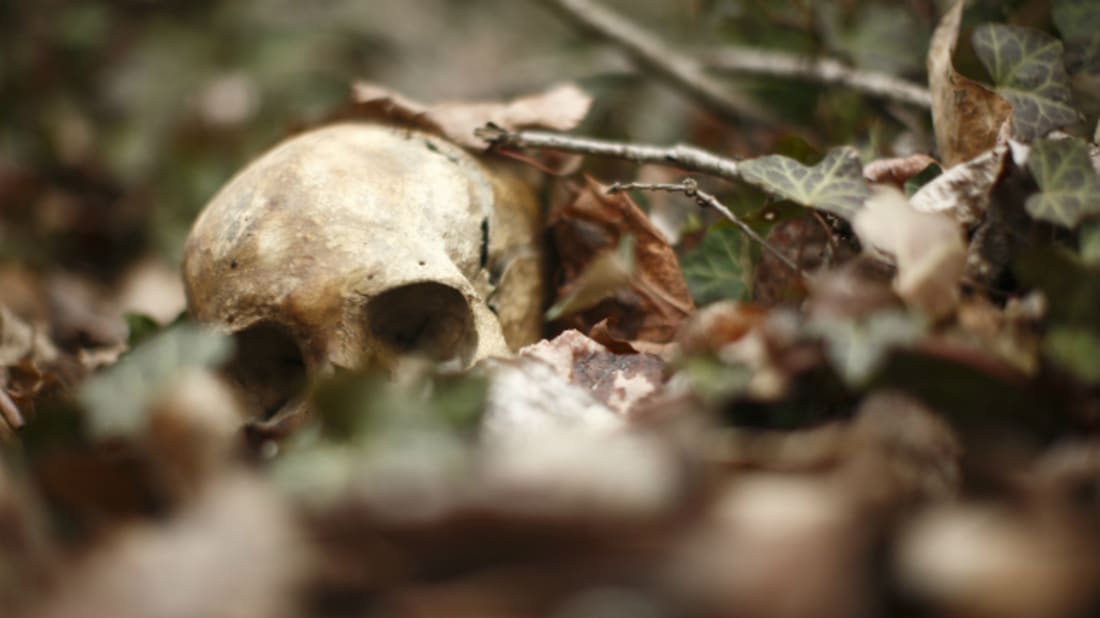
Often you hear the term “ Decomp
” which stands for decomposition
,
used on TV and films to describe a body found after a some time has passed. The scene on Tv is always the same, several seasoned officers staring down at the body discussing the crime and noticeably making faces about the smell of the body in the air as the new guy hangs in as long as he can take it before running out to visibly get sick. In real life, the smell of decomposition isn't an easy odor to handle that is for sure. It can often surround the property for 50 feet or more. As a Biohazard specialist we at Exit Cleanup have come across many levels of decomposition on a cleanup site.
used on TV and films to describe a body found after a some time has passed. The scene on Tv is always the same, several seasoned officers staring down at the body discussing the crime and noticeably making faces about the smell of the body in the air as the new guy hangs in as long as he can take it before running out to visibly get sick. In real life, the smell of decomposition isn't an easy odor to handle that is for sure. It can often surround the property for 50 feet or more. As a Biohazard specialist we at Exit Cleanup have come across many levels of decomposition on a cleanup site.
In an unattended death
, the deceased has been there for anywhere from a few days to several weeks and decomposition has started. Human decomposition is a natural process involving the breakdown of tissues by bacteria after death. Every living being will start the process of decomposition once death has occurred. According to Forensic Anthropology, human decomposition begins around four minutes after a person dies and follows four stages:
1. Autolysis
2. Bloat
3. Active decay
4. Skeletonization
The rate of human decomposition varies due to several factors, these include the weather, temperatures, moisture, pH and oxygen levels, general surroundings, cause of death, and body position. No matter the details, all human bodies follow the same four stages of human decomposition.
Stage One:
Autolysis
The first stage of human decomposition is Autolysis
, or self-digestion
, and begins this immediately after death. As soon as blood circulation and respiration stop, the body has no way of getting oxygen or removing wastes. This causes an excess carbon dioxide which causes an acidic environment to form within the body, causing membranes in cells to rupture. The membranes release enzymes that begin eating the cells from the inside out.
At this point, Rigor mortis
has set in causing the muscle to start stiffening. Small blisters form filled with nutrient-rich fluid begin appearing on internal organs and much of this can't be seen externally but the body is changing internally and soon after the skin’s surface will also start to change. The body will appear to have a sheen due to ruptured blisters within the skin, and the skin’s top layer will begin to loosen.
Stage Two:
Bloat
As the body goes through stage one, the enzymes will spread and leak within the body and as they work they begin to produce many gases. the body will start to be noticeable changing. The sulfur-containing compounds that the bacteria release cause skin discoloration and due to the gases, the body will start to change shape as it fills with pockets of gases and starts to bloat. The human body can even double in size and depending on many factors it will become unrecognizable. This bloating can cause skin to break and some internal fluids may start leaking. Also it is at this point where insect activity starts to be noticeably present. In many cases when a body is found in a building or home in a state of decomposition, the area is filled with hundreds of flies and maggots
. Police have told us that large amounts of flies on the windows inside a home can often a clue that there may be a "decomp" situation.
As the body bloats the microorganisms and bacteria produce extremely unpleasant odors called putrefaction. These odors often alert others that a person has died, and can linger long after a body has been removed. In addition to various gases, a dead human body releases around 30 different chemical compounds. The gases and compounds produced in a decomposing body emit distinct odors which anyone in the biohazard and crime scene cleanup
business can tell you, its very distinctive and unpleasant. We use odor blocking respirators for this reason. When dealing with an unattended death scene that is in this stage of decomposition, we may be there for hours and days and most people cant handle the odors for minutes let alone hours so the proper PPE is necessary to get through the job.
Stage Three:
Active Decay
In the Active Decay stage the bodily fluids are released through the orifices and the body is changing drastically because the internal organs and tissues are breaking down the gasses have escaped and the body is collapsing
. This is the beginning of active decay. Organs, muscles, and skin become liquefied and leak from every orifice or split in the skin. When all of the body’s soft tissue decomposes, hair, bones, cartilage, and other byproducts of decay remain. It is this stage that he cadaver loses the most mass. The skin may wrinkle or split as the internal liquids escape.
From a biohazard cleanup
situation standpoint, because a body begins decomposing immediately after death, biological hazards can damage personal belongings but at this stage the damages from the escaping bodily fluids can spread throughout a building’s structure, and the fluids and odors will permeate all porous materials.
Stage Four:
Skeletonization
the last stage of decomposition is skeletonization. The stage where the body tissues have been broken down and have dried and all that is left is the bones. Because the skeleton has a decomposition rate based on the loss of organic (collagen) and inorganic components, there is no set timeframe when skeletonization occurs.
BODY DECOMPOSITION TIMELINE
Many circumstances such as temperature and humidity are factors on this timeline but here is a general outline:
24-72 hours
after death — the internal organs decompose.
3-5 days
after death — the body starts to bloat and blood-containing foam leaks from the mouth and nose.
8-10 days
after death — the body turns from green to red as the blood decomposes and the organs in the abdomen accumulate gas.
Several weeks
after death — nails and teeth fall out.
1 month
after death — the body starts to liquify.
In the decomposition of a human body, nearly every microorganism is involved in some aspect of the human decomposition cycle. Decomposition itself is a perfectly natural process but its important to understand that attempting to clean the scene is extremely dangerous because of the bacteria and possible exposure to bloodborne pathogens. It should be left to a professional crime scene and trauma cleanup company like Exit Cleanup. Because of the safety issues and visuals, after a death such as this, the smell of death can linger for some time, so a professional’s help is needed to help remove these odors and get the property back to a working order.
Remember in an unattended death, the accompanying bacteria, the odors, mold, and insect infestation, can cause damage to a building’s structure and personal belongings. After a body is properly removed, a professional biohazard and disinfection
company like Exit Cleanup
should always be called to clean and disinfect the site.
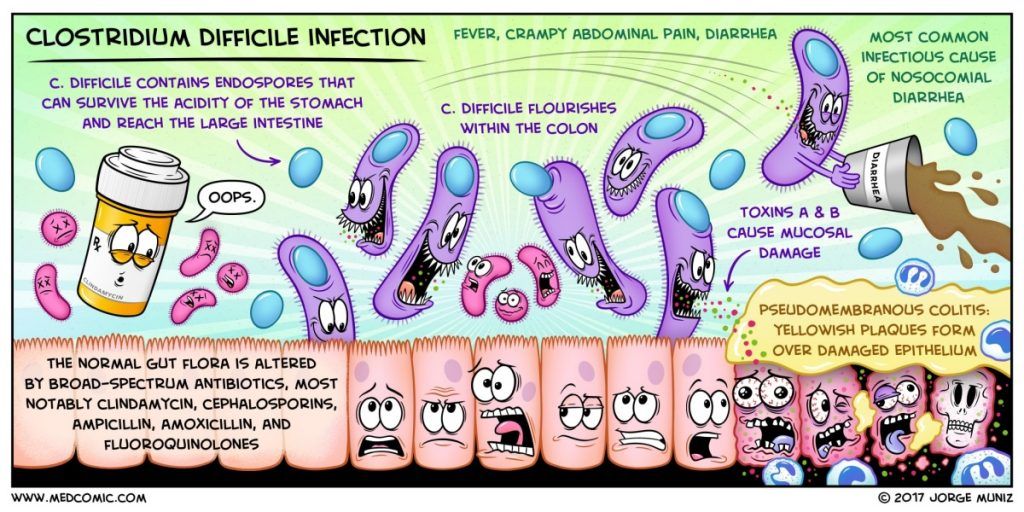
If you have a case of CDIFF and need help call EXIT BIOHAZARD CLEANUP and have us come and disinfect your home. What is CDIFF? C.diff stands for Clostridium difficile (klos-TRID-e-oi-deez dif-uh-SEEL), which is a germ or bacterium that causes a symptomatic infection due to the spore-forming bacterium, Clostridium difficile. It causes many Symptoms which include watery diarrhea, fever, nausea, and abdominal pain. It makes up about 20% of cases of antibiotic-associated diarrhea. It most commonly affects older adults in hospitals or in long-term care facilities. Complications may include pseudomembranous colitis, toxic megacolon, perforation of the colon, and sepsis which can be life threatening. One in 11 people over age 65 diagnosed with a healthcare-associated C. diff infection die within one month. In general it causes severe diarrhea and colitis (an inflammation of the colon). It’s estimated to cause almost half a million infections in the United States each year. C. diff can affect anyone. Most cases of C. diff occur when you’ve been taking antibiotics or not long after you’ve finished taking antibiotics. There are other risk factors such as being 65 or older, a recent stay at a hospital or nursing home, a weakened immune system, such as people with HIV/AIDS, cancer, or organ transplant patients taking immunosuppressive drugs, or previous infection with C. diff or known exposure to the germs. Because 1 in 6 patients who get C. diff will get it again in the subsequent 2-8 weeks . If you have been taking antibiotics recently and have symptoms of C. diff, you should see a healthcare professional as soon as possible. Getting diarrhea is fairly common while on, or after taking, antibiotics, but in only a few cases will that diarrhea be caused by C. diff . So if your diarrhea is severe you need to talk to your doctor and do not delay getting medical care. Your doctor will review your symptoms and order a lab test of a stool (poop) sample. If the test is positive, you’ll take a specific antibiotic (e.g. vancomycin or fidaxomicin) for at least 10 days. If you were already taking an antibiotic for another infection, your healthcare professional might ask you to stop taking it if they think it’s safe to do so. Your doctor may decide to admit you to the hospital, in which case they will use certain precautions, such as wearing gowns and gloves, to prevent the spread of C. diff to themselves and to other patients because it can be very contagious . its important to use a separate bathroom if you have diarrhea, thoroughly wash hands with soap and water every time you use the bathroom and always before you eat, and take showers washing well with soap. Cleanliness is key to beating this and stopping it from spreading to others or back to you. Because C.DIFF bacteria can last for months. When the bacteria are outside the human body they can be virtually anywhere in the environment. They are in a dormant state and essentially shutdown waiting for a new host. This enables them to survive for a long time from weeks to months in any number of places and that's why its very difficult to destroy and it is also why people often have the infection reoccur. The ability of it to be dormant and survive outside the body enables the generally easy transmission of the bacterium. It can last a long time sitting on surfaces, in soil or feces, in water areas, or even in food. Once the bacteria finds their way into a person's digestive system, they "wake up" and can begin to produce infection again. That being said, its not the easiest bacteria to kill. its not like covid which is pretty weak in the environment and generally dies quickly. this has some staying power and requires special cleaning and disinfection procedures. We often kill corona virus and other germs during our disinfection fogging services to help stop the spread of covid 19 and we kill 99.99% of germs and viruses in general for most of our services including our biohazard cleaning services, but CDIFF is something special and its much harder to kill so we have to bring out the big guns to do it. We mean specialty chemicals and procedures to kill what is there and what is hiding dormant. At Exit Cleanup we just think of this as another service we provide but as you can see its not your typical disinfection. If you have Cdiff or someone in your family does and you want us there to kill it, please just call and we will prepare for germ warfare for you. We will fight this for you.
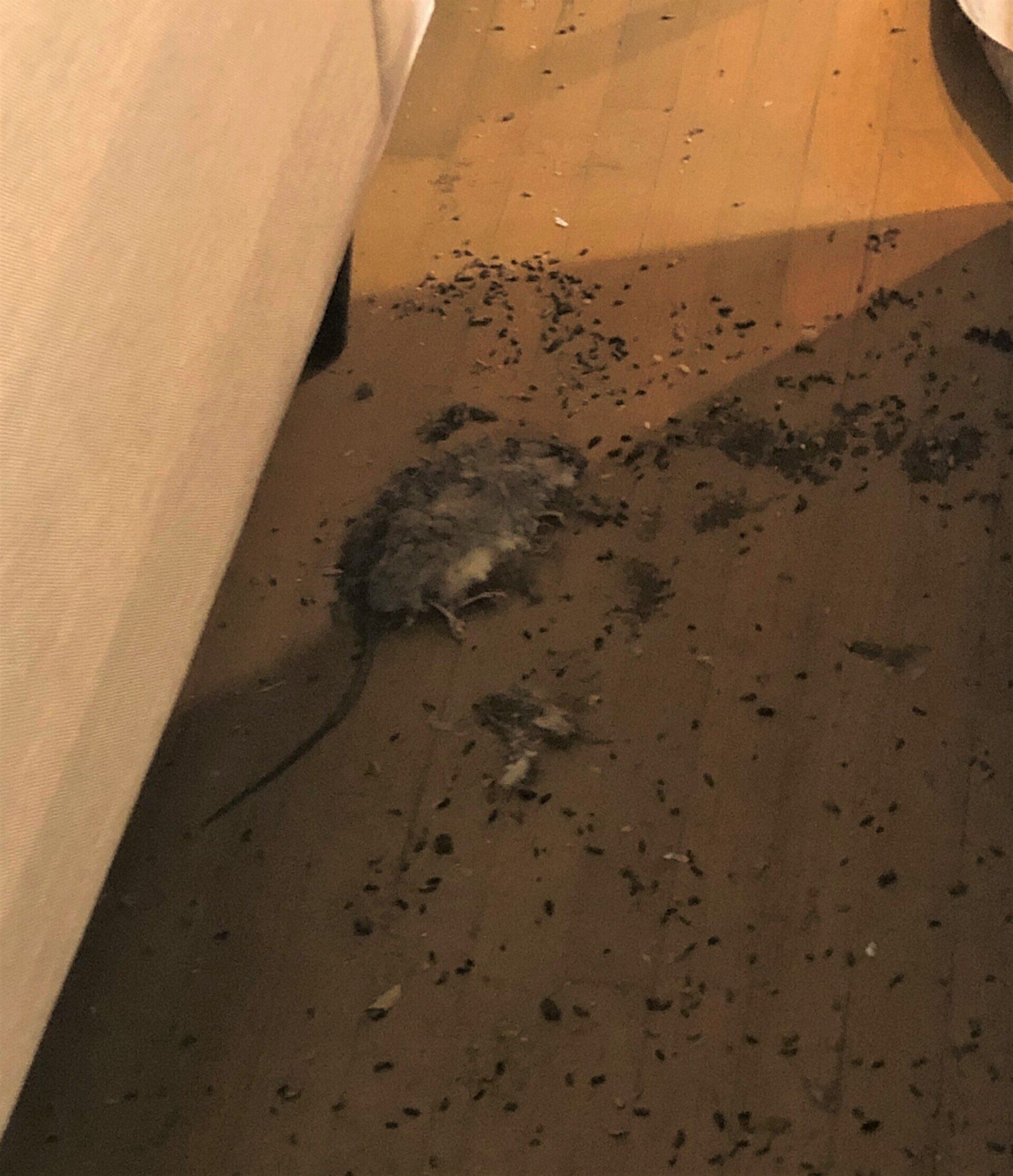
This is to describe the 4 levels of biohazards and the 6 types of biohazards. Biohazard cleanup is important because we could encounter a biohazard anytime anywhere. Learn more here. A biohazard could be anything from animal feces or rancid meat to blood from a crime scene or materials from a laboratory.
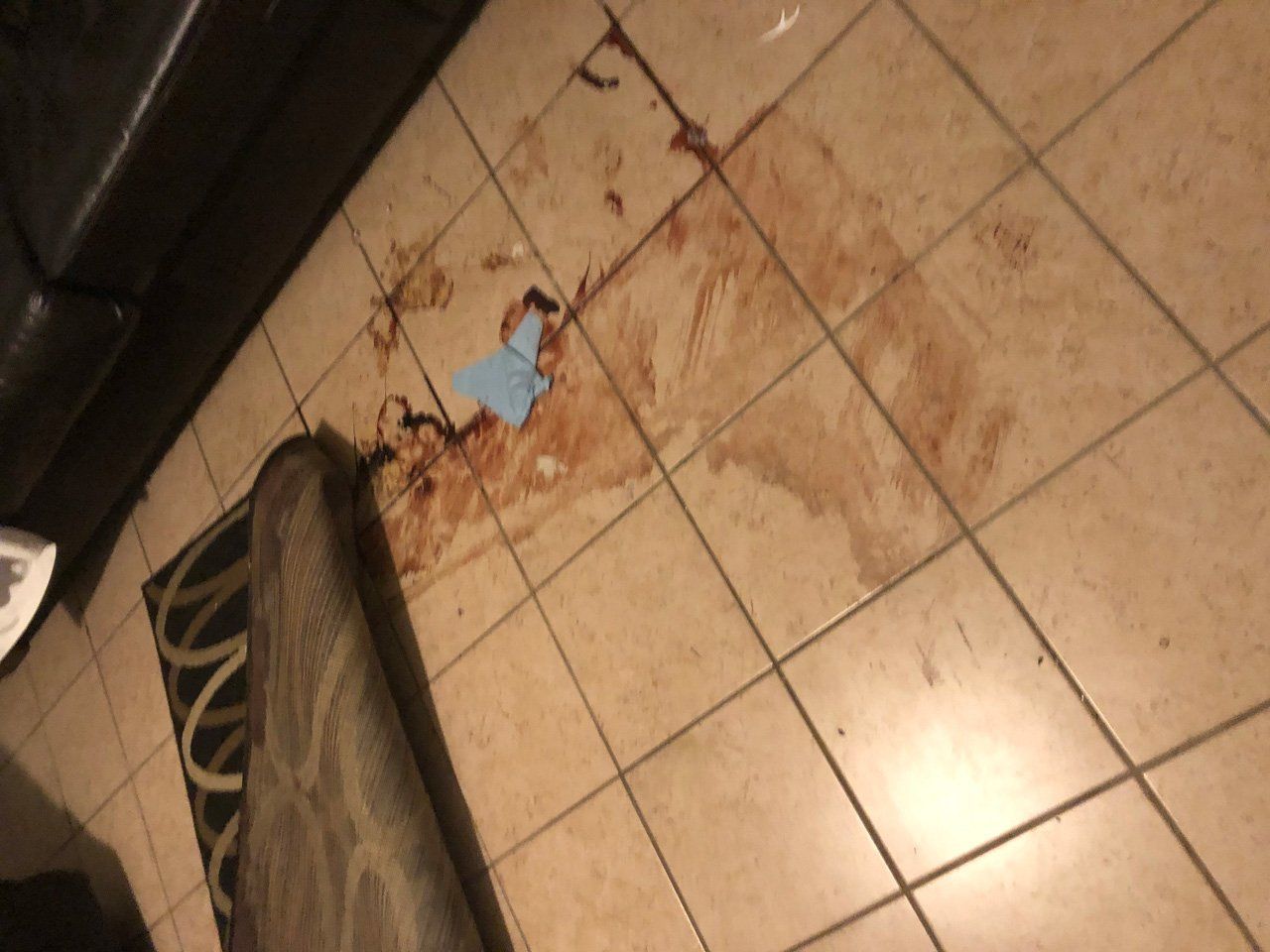
A suicide in New Orleans. Exit cleanup doesn't always get the job but we do all we can to help in any situation. Most of the time, your home owners insurance pays the biohazard cleanup but if the deceased lived in an apartment, it may be something that the property owner may want to pay for. Its sometimes complicated but Exit will help. This situation was difficult because the resident committed suicide and the property owner wasn't available. Long story short , we helped out the sister of the deceased a bit so she could get things sorted and did what we could.
